Review: 2012 Hyundai Azera (vs. LaCrosse and Taurus)
Derek’s capsule review of the 2012 Hyundai Azera gave the car a resounding “meh”. My own impressions weren’t going to be quite so positive, but then something happened: I test drove the Buick LaCrosse and refreshed 2013 Ford Taurus. Suddenly a $37,000 Super Sonata didn’t seem such a bad way to go.
(N.B. Photos of the Lacrosse and Taurus are in the gallery below)
At first glance, the new Azera looks much like the LaCrosse. The current fashion in semi-premium semi-large front-wheel-drive sedans pairs a high, rounded front clip with a roofline that cleanly sweeps all the way from a point far ahead of the driver to one near the trailing edge of an even higher decklid. Despite rear fenders whose convolutions recall late 50s American iron, the Azera is the sleekest and most athletically proportioned of the bunch (LaCrosse, 2013 Avalon, 2013 ES, 2013 MKZ). The Taurus? Compared to the others, it’s a throwback to a different era when sedans were composed of three distinct boxes. The Azera also has a strong family resemblance to the Sonata (and even the Elantra), but looks appropriately larger and more expensive.
The Azera’s interior isn’t quite a match for that of a Lexus ES. Compared to the Buick and the Ford, though, the Azera is a clear step (or three) up. Everything inside the big Hyundai looks and feels tight and precise. The leather on the seats has a soft, luxurious hand. Inside the Ford, the materials and secondary controls look and feel clunky in comparison. The 2013 refresh adds MyFord Touch complete with reconfigurable instruments, but otherwise left the interior largely untouched. Ford of Europe clearly had no role in this one. Inside the Buick, the dash-to-door fits are abysmal and the material used to mold the doors and dash doesn’t look enough like leather to pull off the embedded stitching (at least not in the tested tan). The Buick’s faux timber is even less convincing. This interior impressed just a couple of years ago, but today a Hyundai outclasses it.
Functionally, the Azera doesn’t fare quite as well. The shift knob’s piano black plastic gets hot in the sun. The Benz-like seat-shaped seat controls are too far forward on the doors. The center stack employs buttons for key audio and HVAC functions that would be much easier to operate with knobs. (No, a gigantic volume control knob isn’t sufficient compensation.)
My least favorite aspect of the Hyundai: the view forward from the driver seat. The rake and position of the windshield yield a header that’s overly close for comfort. The instrument panel flows upward over an awkwardly executed ridge to the base of the windshield. The trailing edge of the hood is higher still, such that from the driver seat you see little beyond the undersides of its uplifted corners. Pulling into a parking space involves far too much guesswork. (Forward obstacle detection would be very helpful, but isn’t offered.) Trimming even an inch from the cowl height would work wonders. Yet the Azera’s windows only seem small until you drive one of the others. The Buick has an even deeper instrument panel and what must be the widest A-pillars in sedandom. The Ford, nine inches longer, three inches wider, and three inches taller, but with no more room in the front seat, feels like a massive bunker on wheels.
Unless you’re bothered by forward-positioned headrests (I am) the Azera’s front seats are comfortable and supportive. Those in the Buick and Ford feel smaller, less luxurious, and less tailored. The rear seat of the Azera, like that of the Buick, is ideal for tall people who have most of their height in their legs. Despite the Ford’s much larger exterior, it provides much less space for rear seat passengers to stretch out. But it does have the largest trunk, 20 cubic feet to the Azera’s 16. In this last area the LaCrosse is the clear loser even in V6 form. The eAssist’s 10-cube trunk could be a deal-killer.
Most cars in this class are motivated by 3.5- or 3.6-liter V6 engines. The 2011 Azera straddled the norm, offering both a 260-horsepower 3.3 and a 283-horsepower 3.8. For 2012 the 3.8 is reserved for the rear-wheel-drive Genesis, but the 3.3 gets direct injection, a bump to 293 horsepower, and a cover styled to make it appear longitudinally mounted (well to the right of center). Hyundai’s engines generally underperform their specs, but paired with a six-speed automatic the 3.3 feels sufficiently torquey off the line. Spurred over 4,000 rpm it moves the big sedan plenty quickly and sounds far more upscale than the Sonata’s turbo four in the process. The Buick and Ford V6s are about as quick, but the latter is far less refined in sound and feel. (I actually drove the Buick with eAssist this time around. It’s inexcusably sluggish for a $30,000+ car. Combine this with the tiny trunk, and I’m surprised they sell any.) My largest gripe with the Hyundai’s performance: power delivery sometimes included the sort of surges and lulls more often experienced with a boosted engine.
With the smallest engine and lowest curb weight, the Azera delivers the best fuel economy of the three: 20 city 29 highway vs. 17/27 for the Buick and 19/29 for the Taurus. The big Hyundai’s trip computer reported slightly better figures in my driving, low twenties in the suburbs and 31 on a highway run to the airport. Acceptable numbers, but not the company’s best effort.
Hyundai took its biggest risk with ride quality. The Azera’s suspension tuning, though not as aggressive as that of an Acura TL or Nissan Maxima, is considerably firmer and more tightly damped than that in the Buick and especially the Ford. On most roads the Hyundai’s ride feels smooth and composed, but on others it sounds thumpy and feels lumpy. The Technology Package’s lower profile 19-inch wheels probably don’t help. The suspension especially struggles with expansion joints and other lane-spanning road surface imperfections. The Azera’s steering is heavier than the systems in the Buick and Ford (but has a few degrees of off-putting on-center slack). Do these differences deliver a sportier driving experience? Relatively speaking, yes, but the end result feels close but not quite there. I’d rather drive the Azera than the LaCrosse or the Taurus, but it’s not fun the way a Maxima or TL can be. (Granted, the TL I tested had the unfair advantage of SH-AWD and the Maxima had a sport package.) Unlike the Buick, Ford, and Acura, the Azera is not available with all-wheel-drive.
Derek had a big issue with wind noise. Perhaps because my ears are older, I noticed only a little, in the vicinity of the windshield header at highway speeds. I noticed more road noise, but not much of this on most roads, either. There are quieter cars in the class, but the Hyundai is in the ballpark and generally oozes upscale sedan.
The tested car’s $36,875 list price included the $4,000 Technology Package (19-inch wheels, huge panoramic sunroof, Xenons, uprated audio, cooled front seats with memory and thigh extension for the driver, sunshades, cool blue interior ambient lighting, rear obstacle detection). Pretty steep for a front-wheel-drive Hyundai, yet very reasonable compared to competitors. Based on TrueDelta’s car price comparison tool, a similarly loaded LaCrosse is about $3,700 more before adjusting for feature differences and about $2,400 more afterwards. The Taurus might seem out of place in this group, but it’s priced about even with the Buick. A Toyota Avalon is priced even higher. An Acura TL is about seven grand more than the Hyundai (after a $1,650 adjustment in the Azera’s favor for feature differences), and a Lexus ES 350 is about eight.
But what about the Sonata? Why pay a lot more for a couple more inches of wheelbase (all of which goes into rear legroom), a couple more cylinders, an upgraded interior, and snazzier styling? Well, you won’t pay a lot more, at least not if you can live without the Technology Package’s panoramic sunroof and high-watt audio system. A Sonata 2.0T Limited with nav undercuts the otherwise similarly equipped base Azera by a mere $1,705.
The new Hyundai Azera isn’t perfect. It would benefit from a lower cowl, less intrusive headrests, more polished powertrain programming, less on-center slack in its steering, and a less lumpy ride. But it mostly suffers from being so good in most ways that you wonder why it couldn’t be a little bit better. What direct competitor is actually better? Compared to the Buick LaCrosse and Ford Taurus, the Azera is superior in nearly every way. It’s not as sporty as an Acura TL or Nissan Maxima, but it seems more luxurious and upscale than either. It’s not quite as luxurious as a Lexus ES, but it’s also priced below a Toyota. If fact, it’s not priced much higher than a loaded Sonata. Anyone considering one of these cars should also check out the Azera.
Carol Moran-Charron of Art Moran Buick in Southfield, MI, provided the LaCrosse. She can be reached at 248-353-9000.
Frank Cianciolo of Avis Ford in Southfield, MI, provided the Taurus. He can be reached at 248-226-2555.
Michael Karesh owns and operates TrueDelta, an online source of automotive pricing and reliability data.
Michael Karesh lives in West Bloomfield, Michigan, with his wife and three children. In 2003 he received a Ph.D. from the University of Chicago. While in Chicago he worked at the National Opinion Research Center, a leader in the field of survey research. For his doctoral thesis, he spent a year-and-a-half inside an automaker studying how and how well it understood consumers when developing new products. While pursuing the degree he taught consumer behavior and product development at Oakland University. Since 1999, he has contributed auto reviews to Epinions, where he is currently one of two people in charge of the autos section. Since earning the degree he has continued to care for his children (school, gymnastics, tae-kwan-do...) and write reviews for Epinions and, more recently, The Truth About Cars while developing TrueDelta, a vehicle reliability and price comparison site.
More by Michael Karesh
Latest Car Reviews
Read moreLatest Product Reviews
Read moreRecent Comments
- Fahrvergnugen That is SO lame. Now if they were willing to split the upmarketing price, different story.
- Oberkanone 1973 - 1979 F series instrument type display would be interesting. https://www.holley.com/products/gauges_and_gauge_accessories/gauge_sets/parts/FT73B?utm_term=&utm_campaign=Google+Shopping+-+Classic+Instruments+-+Non-Brand&utm_source=google&utm_medium=cpc&hsa_acc=7848552874&hsa_cam=17860023743&hsa_grp=140304643838&hsa_ad=612697866608&hsa_src=g&hsa_tgt=pla-1885377986567&hsa_kw=&hsa_mt=&hsa_net=adwords&hsa_ver=3&gad_source=1&gclid=CjwKCAjwrIixBhBbEiwACEqDJVB75pIQvC2MPO6ZdubtnK7CULlmdlj4TjJaDljTCSi-g-lgRZm_FBoCrjEQAvD_BwE
- TCowner Need to have 77-79 Lincoln Town Car sideways thermometer speedo!
- Kjhkjlhkjhkljh kljhjkhjklhkjh I'd rather they have the old sweep gauges, the hhuuggee left to right speedometer from the 40's and 50's where the needle went from lefty to right like in my 1969 Nova
- Buickman I like it!
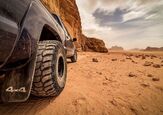
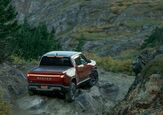
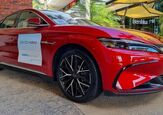
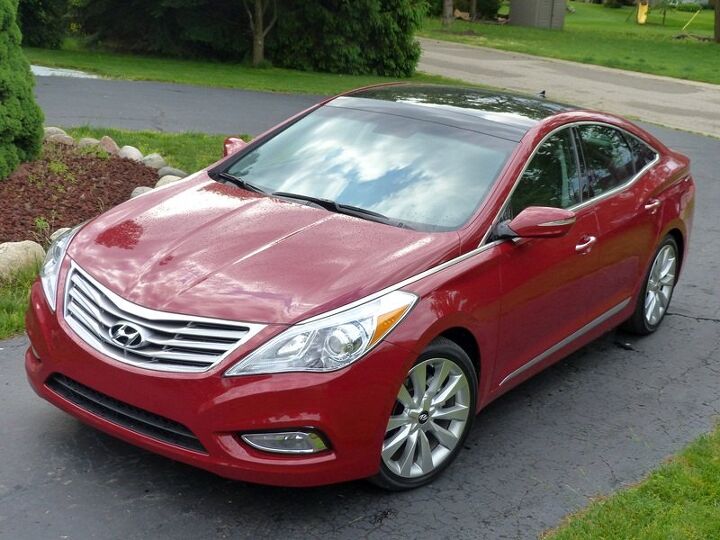





































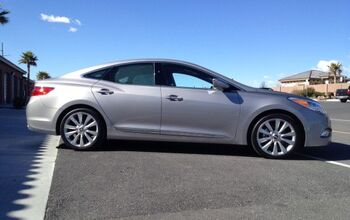
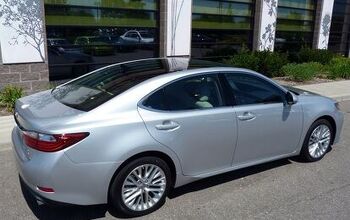
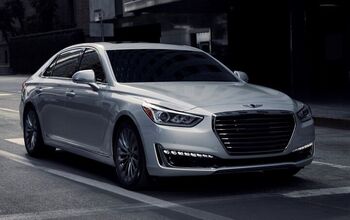

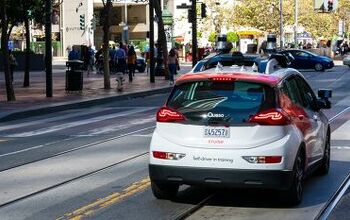
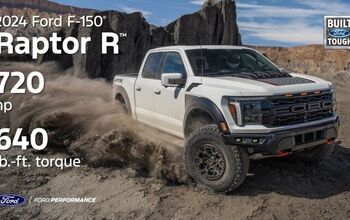
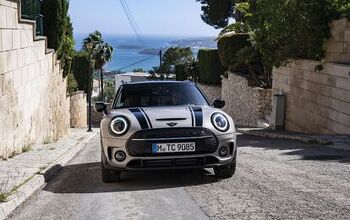
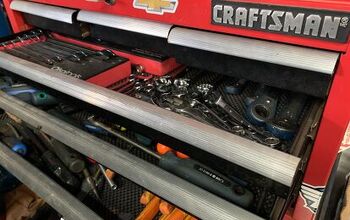

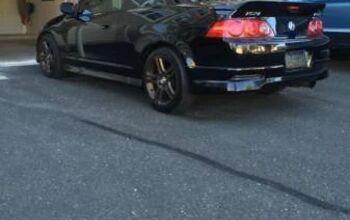
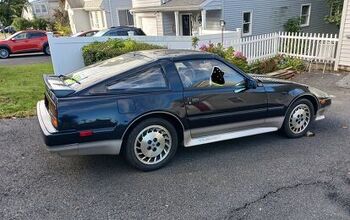
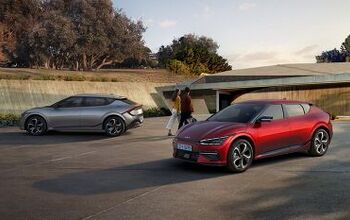
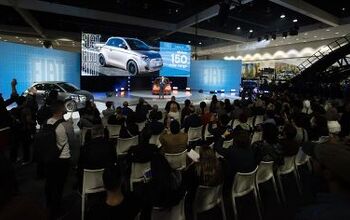

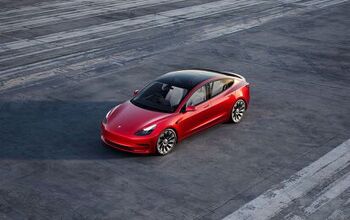
Comments
Join the conversation
Currently driving a 2012 Avalon as a rental car with only 2100 miles on the clock. I had a 2012 Chrysler 300 as a rental not more than two months ago and , I can scarcely believe I'm saying this as an import lover, I'd rather have the Chrysler. Toyota doing a much better job in this car fit and finish wise than the current(or previous gen) Camry. Why anyone buys an ES350 over this car other than the badge and some gizmos is beyond me. But 270 hp to the front wheels isn't pleasant at all in the Avalon. The chassis just can't handle it all and it's not much fun other than in a straight line at highway speeds, where you can find yourself "overspeeding" the chassis. Although Avalon is 500lbs less than the Chrysler (according to Edmunds specs) the Chrysler felt much better all the way around and was much quieter on the road (except in the powertrain). You do feel the extra weight of the Chrysler, but it's much better controlled. The Pentastar isn't as refined as the Toyota V6, but it's first generation, compared to the 3.5 from Toyota. Perhaps it's the RWD in Chrysler, but it's just a much better drivers car as far as these cars are concerned. This may not be shocking news considering what Toyota has become and the target market of these cars, but to those who wrote off domestics for Toyotas, it would be a shocker. Now, all Chrysler needs is Toyota levels of resale and reliability. Will they ever get there? No one thought Hyundai would get anywhere near where it is today when they were cranking out awful Excels. As for the Hyundai, there is a lack of "connectedness" to all their cars. The steering seems to have little feedback and can be abrupt off-center, the suspension is floaty yet stiff at the same time. And the seats are terrible to me, you sit on them, not in them. Haven't driven a new Taurus, Lacrosse or Azera, but I figured the Chrysler needs mentioned here too.
I can't understand why anyone would not consider the Dodge Charger in this kind of comparison. Personally, I think there is no comparison. $37,000 for an Azera? You would have to work REALLY hard to hit $37K in a V6 Charger. I should know, I just bought one, loaded with sport package, all the technology options (except adaptive cruise) and after rebates and discounts was out the door for less than $31K. Spectacular car: inside, outside, behind the wheel. Can't imagine paying more money for an AARPmobile like the Azera, LaCrosse, or Taurus. What do any of these cars offer that makes them superior to a Charger? To my eyes, they all have inferior sheetmetal styling, incoherent interior styling, (except for the LaCrosse), and unexciting FWD driving dynamics. They are nicely trimmed transportation modules - if that is what you want. But the powerful V6 with the world-class ZF 8-speed transmission hooked to the rear wheels, propelling the massive red leather-lined interior of my car make it head and shoulders above the FWD trio for me. A Charger offers German sport sedan levels of luxury, style, and RWD driving dynamics with no cost penalty vs. the FWD trio - not at purchase time, not at the pump. Kind of a no-brainer for my money.